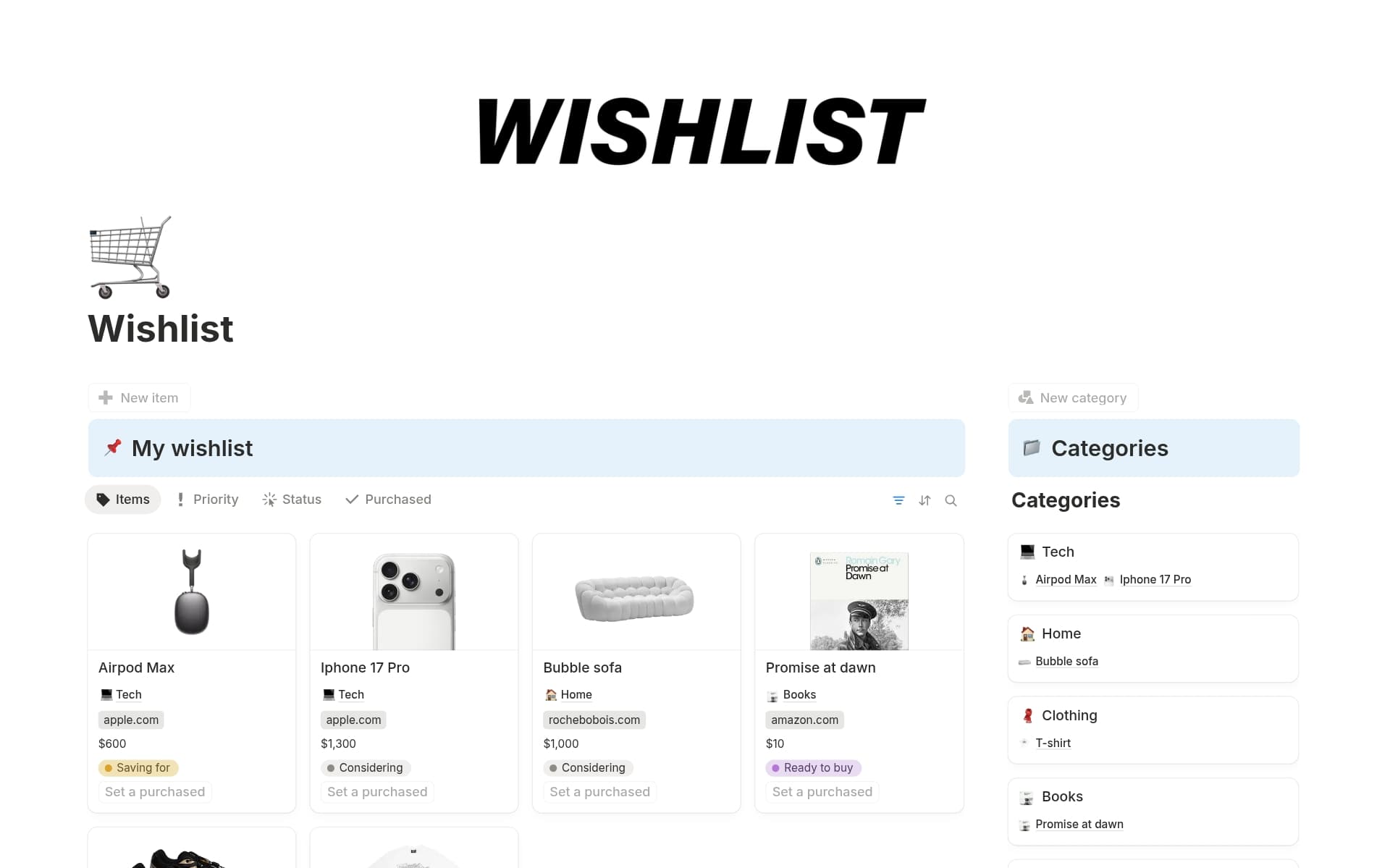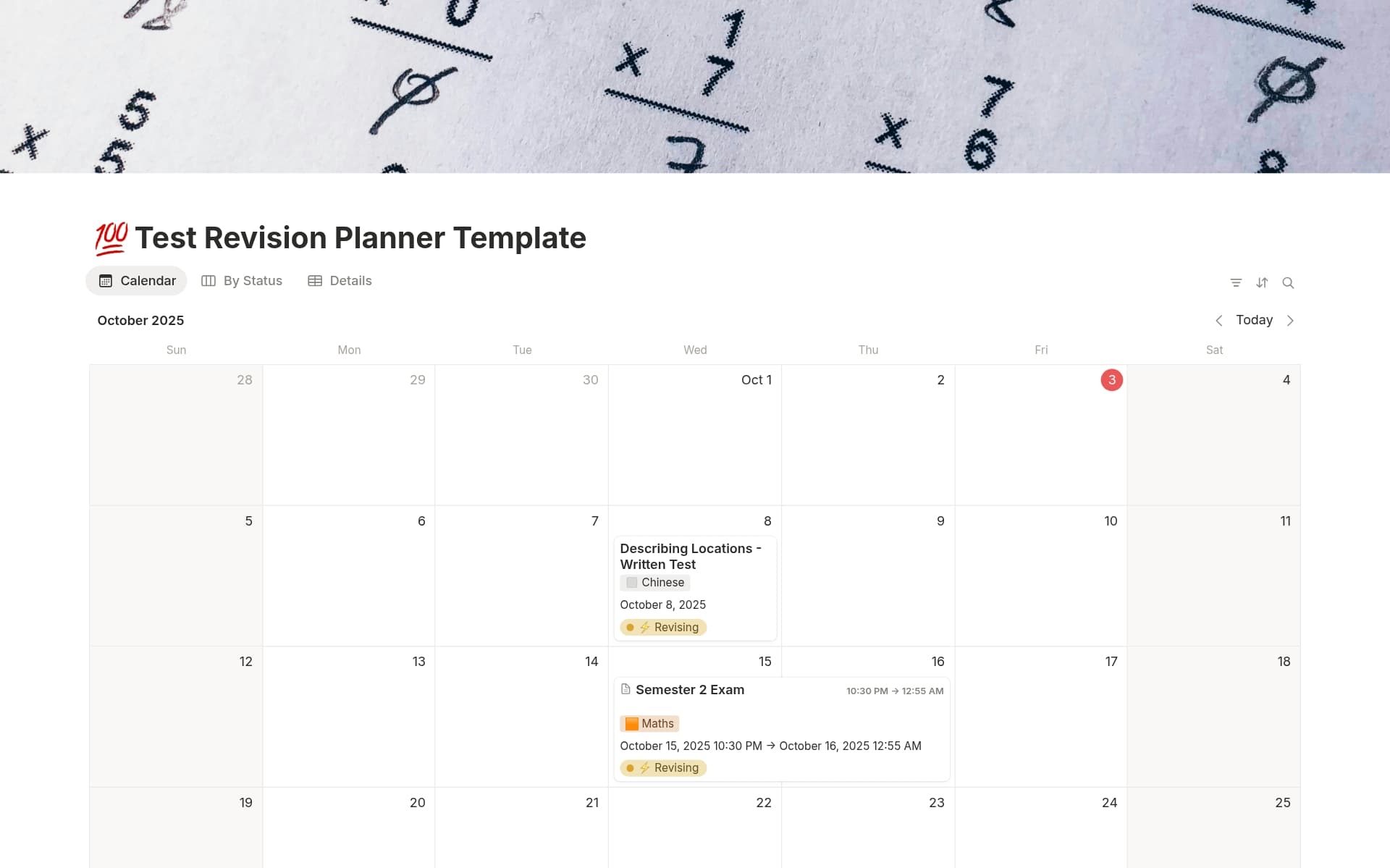A Product Strategy Doc plays a significant role in guiding the development of products, offering a structured approach to planning, executing, and evaluating product strategies. It supports Product Development Managers in aligning product goals with business objectives, ensuring a coherent roadmap toward achieving them. A Product Strategy Doc template can streamline this process, offering a standardized framework that saves time, enhances strategic thinking, and promotes consistency across product initiatives.
Before you start creating your own Product Strategy Doc template, consider exploring these Product Strategy Doc examples below to simplify the process.
What Should Product Strategy Doc Templates Include?
Choosing the right Product Strategy Doc template can significantly streamline your product development process. Here are key components to look for in an effective template:
Market Analysis: This section should provide tools for detailing market trends, customer needs, and competitive landscapes. It's essential for aligning your product with market demands.
Product Vision and Objectives: Ensure the template clearly outlines areas to define the product's long-term vision and short-term objectives. This alignment is crucial for strategic direction.
Roadmap: A good template will include a roadmap section that helps you plot key milestones and deliverables, making it easier to track progress and deadlines.
Metrics for Success: Look for a template that allows you to specify what success looks like with clear metrics. This is vital for measuring the product's performance post-launch.
Ultimately, the right template will not only help in organizing information but also in ensuring that all strategic elements are thoughtfully addressed to guide your product to success.
What Should Product Strategy Doc Templates Avoid?
Choosing the right Product Strategy Doc template is crucial for streamlining your product development process. However, some elements can hinder rather than help. Here are three key components to steer clear of:
Overly Complex Structures: Avoid templates that feature convoluted frameworks which can confuse rather than clarify. Simplicity leads to better understanding and usability.
Irrelevant Sections: Templates should be adaptable but avoid those cluttered with unnecessary sections that don't align with your product's specific needs.
Static Content Fields: Steer clear of templates that don't allow customization of content fields. Flexibility is essential for a template to be useful across different projects and products.
Remember, the best templates are those that provide clarity and flexibility, helping you to focus on crafting a winning strategy rather than wrestling with inappropriate tools.




